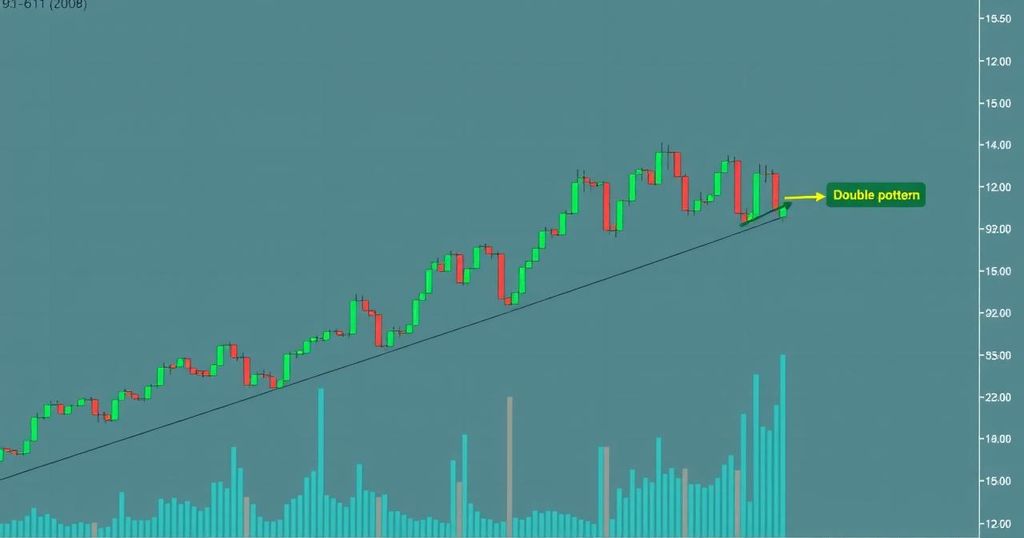Bitcoin’s Hashrate Reaches New Heights as 2025 Begins
Bitcoin’s hash rate reached between 813 and 823 EH/s in early January 2025, following a slight difficulty adjustment. Foundry USA, Antpool, and Viabtc dominate the mining landscape, holding together 67.4% of the total hash rate. This consolidation raises concerns about decentralization as miners seek new strategies to distribute mining power more equitably. Bitcoin continues to celebrate its high reliability and robust performance, coinciding with its upcoming anniversary.
As the new year commenced, Bitcoin has witnessed an exceptional surge in its hash rate, achieving a remarkable peak between 813 and 823 exahash per second (EH/s) by January 3, 2025. This rise signifies a robust start, following an earlier increase from 808 to 809 EH/s on January 1. Notable for its significance, this growth coincides with the network’s recent difficulty adjustment that occurred on December 29, 2024, raising mining difficulty slightly from 108.52 trillion to 109.78 trillion. This persistent increase in difficulty underscores the tenacity of Bitcoin miners, exemplified by 65 distinct mining groups contributing a minimum of 79.46 kilohash per second (KH/s) to the Bitcoin blockchain.
Leading the pack among mining pools is Foundry USA, which commands an impressive 306.09 EH/s. Following closely is Antpool at 136.38 EH/s, with Viabtc holding 112.36 EH/s. Collectively, these three prominent pools account for 67.4% of the global hash rate, prompting discussions regarding the potential implications for Bitcoin’s decentralization. This concentration of hash power raises critical questions about the possibility of coordinated actions that may compromise the network’s integrity.
As Bitcoin approaches the commemoration of its 16th anniversary on January 3, 2025, it is noteworthy that the network has maintained an extraordinary uptime of 99.9894%. This reliability reflects the commitment of miners, who not only validate transactions but also safeguard the blockchain against potential threats. Their efforts are vital for maintaining the network’s immutability and trustworthiness.
In response to concerns regarding the consolidation of mining power, many miners have pursued innovative solutions to enhance decentralization. Initiatives such as open-source projects enabling the mass adoption of accessible ASIC miners have emerged. Additionally, the introduction of decentralized mining protocols facilitates the creation of custom block templates, empowering miners to manage payouts independently of large mining pools. As the year progresses, the success of these strategies will be closely monitored.
Bitcoin, the leading cryptocurrency, relies on a decentralized network of miners who utilize significant computational power to validate transactions and secure the blockchain. The hash rate serves as a measure of this computational power, indicating the network’s overall security and efficiency. Historically, Bitcoin has faced varying challenges regarding decentralization, particularly as larger mining pools gain substantial control over the hash rate. The evolution of mining practices, particularly as blockchain technology matures, has prompted ongoing discussions surrounding the need for a more evenly distributed mining network to ensure the integrity and trustlessness of the Bitcoin ecosystem.
In summary, Bitcoin’s hash rate has achieved unprecedented levels as it enters 2025, marking a significant milestone for the cryptocurrency. The concentration of mining power among a few major pools highlights potential risks to decentralization, emphasizing the importance of preserving Bitcoin’s core principles. As mining innovations emerge, they may play a critical role in fostering a more distributed network that can sustain the resilience and security of Bitcoin in the long-term.
Original Source: news.bitcoin.com








Post Comment